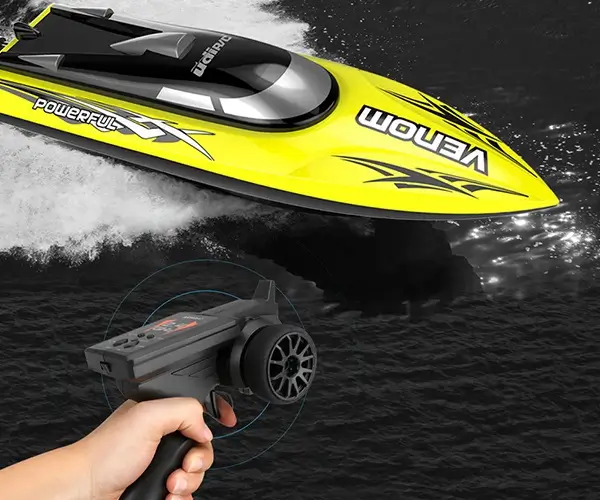What Is a DC Servo Motor? An Introduction to Precision Engineering
In the vast landscape of electric motors, few devices exemplify precision, control, and reliability quite like the DC servo motor. These compact yet powerful components are the backbone of countless applications—ranging from industrial automation and robotics to aerospace and even remote-controlled vehicles. But what exactly is a DC servo motor, and what makes it so integral to the modern mechanical universe?

Defining the DC Servo Motor
At its core, a DC servo motor is a type of motor specifically designed to provide precise control of angular or linear position, velocity, and acceleration. Unlike standard motors, which simply run continuously when energized, a servo motor is part of a closed-loop system that constantly adjusts its output to match a desired set point. This means, in practical terms, it can accurately turn, stop, and hold positions—making it invaluable in scenarios where exact movements matter.
The term "servo" originates from the Latin word servus, meaning "slave" or "servant," highlighting the motor’s role as a highly responsive actuator that “serves” commands with exceptional precision.
How Does a DC Servo Motor Differ From Other Motors?
While many motors—like induction or universal motors—are designed for continuous, straightforward operation, the DC servo motor is engineered with control and accuracy in mind. Some key differentiating features include:
Feedback Mechanisms: Integrated sensors, such as encoders or tachometers, continually monitor the motor's position or speed and relay this information to a control system.
Control System Integration: It works in tandem with a controller—often a microcontroller or PLC—that interprets feedback and adjusts power inputs to achieve the desired movement.
High Responsiveness: Thanks to their design, DC servo motors can react swiftly to control signals, making them ideal for applications requiring rapid and precise adjustments.
Basic Components of a DC Servo Motor
Understanding a DC servo motor's parts helps clarify how it achieves such fine control:
Rotor (Armature): The rotating part that responds to electrical input, producing motion.
Stator: The stationary part, typically comprising magnets or electromagnetic windings that generate a magnetic field.
Feedback Device: An encoder or potentiometer that constantly measures the current position or speed of the rotor.
Controller or Driver Circuit: The electronic brain that interprets feedback data and modulates power supplied to the motor.
Power Supply: Provides the necessary electrical energy to run the motor and its control circuitry.
Applications That Demand a DC Servo Motor
The versatility of DC servo motors is showcased in their widespread application:
Robotics: Precise joint movement and articulation rely heavily on servo precision.
CNC Machinery: Accurate tool positioning and movement for machining.
Aerospace: Stabilization systems and control surfaces.
Automotive: Power steering systems and automated vehicle components.
Consumer Electronics: Camera autofocus mechanisms and camera gimbals.
In essence, wherever precision, reliable control, and responsiveness are required, a DC servo motor often stands as the device of choice.
The Significance of Control Algorithms
The magic of a DC servo motor is largely attributed to advanced control algorithms—most notably PID (Proportional-Integral-Derivative) control. This algorithm analyzes feedback signals and computes extension or reduction of the motor’s power output, ensuring the motor's position or speed matches the set point closely.
Imagine trying to steer a racing drone through tight turns; your corrections need to be swift, accurate, and smooth—to do this effectively, the drone's control system must interpret sensor data fast and adjust motor speeds in real time. That's precisely what a well-tuned DC servo control system accomplishes.
Stay tuned for Part 2, where we delve deeper into how DC servo motors work internally, their advantages and challenges, and how to choose the right one for your needs.
Established in 2005, Kpower has been dedicated to a professional compact motion unit manufacturer, headquartered in Dongguan, Guangdong Province, China.




































